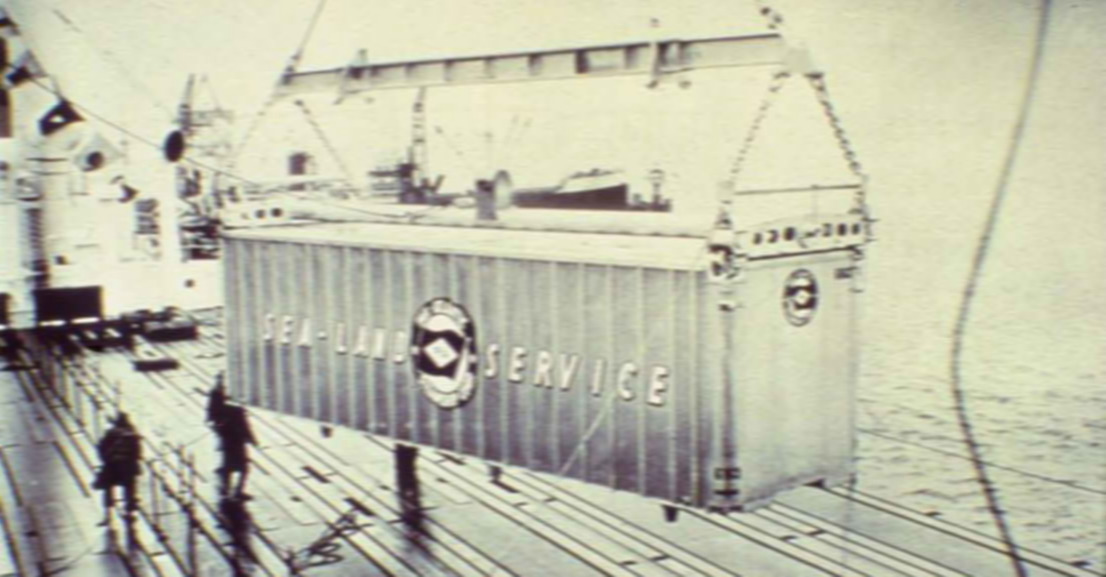
Being in global shipping can feel like a never-ending uphill battle, one where the odds are stacked against freight forwarders with the endless barrage of ‘unprecedented’ and ‘once-in-a-lifetime’ events over the last few years. This has put forwarders on their back foot, forced to constantly react to the latest situation that feels completely out of their control.
A recent analysis by McKinsey estimates that between 13% and 19% of logistics costs stem from inefficient interactions between stages in the supply chain. That’s up to $95 billion in losses per year—in the U.S. alone.
This string of reactions makes it seemingly impossible to get ahead. Or at least to shift to a proactive stance where you’re in control—maybe not of the weather, but at least of how your company handles what’s thrown at you when a shipping lane is blocked or operations at a major port are disrupted.
You’re reading this article, so you’re looking to deploy artificial intelligence (AI) to begin making this stance shift. We applaud your initiative, and make no mistake, AI is an amazing technology, but proceed with a word of caution—if you don’t lay a solid foundation of process automation and instead jump straight to the newest, flashiest offering, you may see disappointing results when the whole solution you construct comes crashing back down.
The foundation: Why starting with workflow automation makes sense
A commonly misunderstood fact about AI tools is that they need clean, well-structured data to learn from. Without this foundation in place, you won’t get the results you’re after and will be right back on your back foot, reacting to the next disruption you could have been better prepared for. Deploying a document processing and workflow automation solution is the best way to start cleaning up your data and ensuring you have that clean, well-structured data from the start.
Automated document ingestion, for example, ensures that each field is correctly mapped and eliminates the human error factor by removing the human from the process. That’s not to say it eliminates the need for humans, far from it. Human-in-the-loop processes mean that when an exception is encountered, it’s flagged for human attention. Once corrected, each exception is fed back into the automation so it can learn for the next time it encounters a similar issue.
Such human-in-the-loop AI systems can create the firm foundation of clean data you need to power the next level of predictive analysis and start shifting your stance from reactive to proactive.
The opportunity: Five ways to expand the application of AI in your organization
Once you have a solid foundation of beautifully structured data at your disposal, it’s time to look at how to put that data to use. The goal is to become less dependent on reacting to whatever just happened and shift to a more resilient, proactive stance where you can be ready for the next disruption before it arrives. We see three categories to focus on: strategic planning and forecasting, operational intelligence, and financial optimization, each has its own set of specific ways to use your freight data.
Strategic planning and forecasting
1. Demand forecasting & capacity planning
2. Advanced customer behavior prediction
Demand forecasting is a natural extension of the standard operating procedure (SOP) automation discussed above and is all about leveraging the data you’re getting from your automated document ingestion and workflows to implement predictive analytics for more accurate forecasts. The ability to analyze historical shipping data, seasonal weather patterns, and freight market trends is the next step toward proactively allocating resources rather than reactively scrambling for capacity at the last minute.
Customer behavior is notoriously difficult to predict, but with a large enough pile of data to learn from, AI can analyze shipping patterns, frequency changes, and communication behavior. From this analysis, you can reach out to customers who may be about to experience issues or are considering a reduction in volume or frequency of shipping. This predictive approach transforms customer service from reactive problem-solving to proactive relationship management.
Operational intelligence
3. Intelligent workforce & resource planning
4. Proactive regulatory compliance and risk management
AI-powered workforce planning tools let you analyze shipment volumes, seasonal patterns, and operational data to predict staffing needs well ahead of time. This advanced planning can, in turn, cut staffing costs and reduce the likelihood of a staff shortage or lack of equipment on hand, eliminating a major source of freight bottlenecks.
Since you’ll already have your customs documentation and compliance workflows automated, it’s only logical to move to predictive compliance monitoring and risk management. AI systems can monitor regulatory changes across jurisdictions and immediately assess how these changes may impact a specific shipment. This prevents costly delays and keeps potential penalties from adding up like they often do when you’re operating in reactive mode.
Financial optimization
5. Advanced Supplier and Partner Relationship Management
A workflow automation platform will integrate with a wide variety of logistics systems (more on this in a moment), positioning you to accumulate more accurate supplier performance analytics. By combining this data with overall financial health indicators and other external risk factors, a freight forwarder can better predict which partners are most likely to experience performance issues.
This level of proactive control over your relationship management allows you to mitigate the possible risks associated before they have a chance to impact your bottom line. For example, refer back to the statistic in the introduction.
The Reform advantage: Providing a strategic starting point for your AI journey
All of the benefits of such proactive predictive analytics as are listed above only become possible if your data is clean and appropriately structured for machine learning (ML) to read and understand. This is where Reform comes in.
The clean data resulting from your automated workflows lives not only in the Reform platform but also in your main system of record. This means that over time, by using Reform, you will be improving the quality and the cleanliness of the data that powers every other workflow in your organization.
Reform’s AI-powered document ingestion and workflow automation platform has purpose-built integrations with most major TMSs, WMSs, and ERPs—even the legacy ones that don’t provide easy application programming interface (API) access. Processes automated by Reform generate exactly the clean, structured data you need to build up to the predictive analytics and proactive performance you’re after.
By receiving this data instantly, Reform can identify errors, discrepancies with your system of record, and see where there may be missing documents or materials. This allows you to proactively resolve these issues, rather than only being able to reactively address them weeks or months after they occur. Reform facilitates these instant notifications, even directly to your customers.
For more information on Reform’s capabilities and how you can be up and running with an AI-powered workflow in a matter of minutes, reach out to our team of automation experts. They’ll help you establish the data foundation you need today so you can start shifting your stance and getting ahead of your competition with a more proactive approach to freight forwarding.






